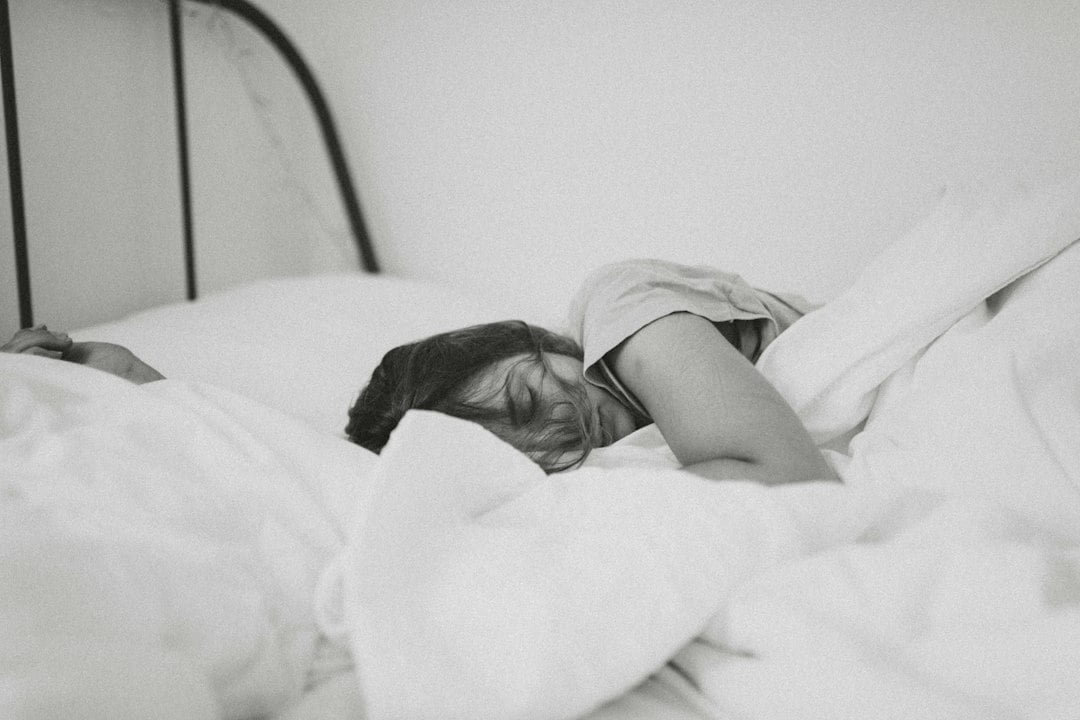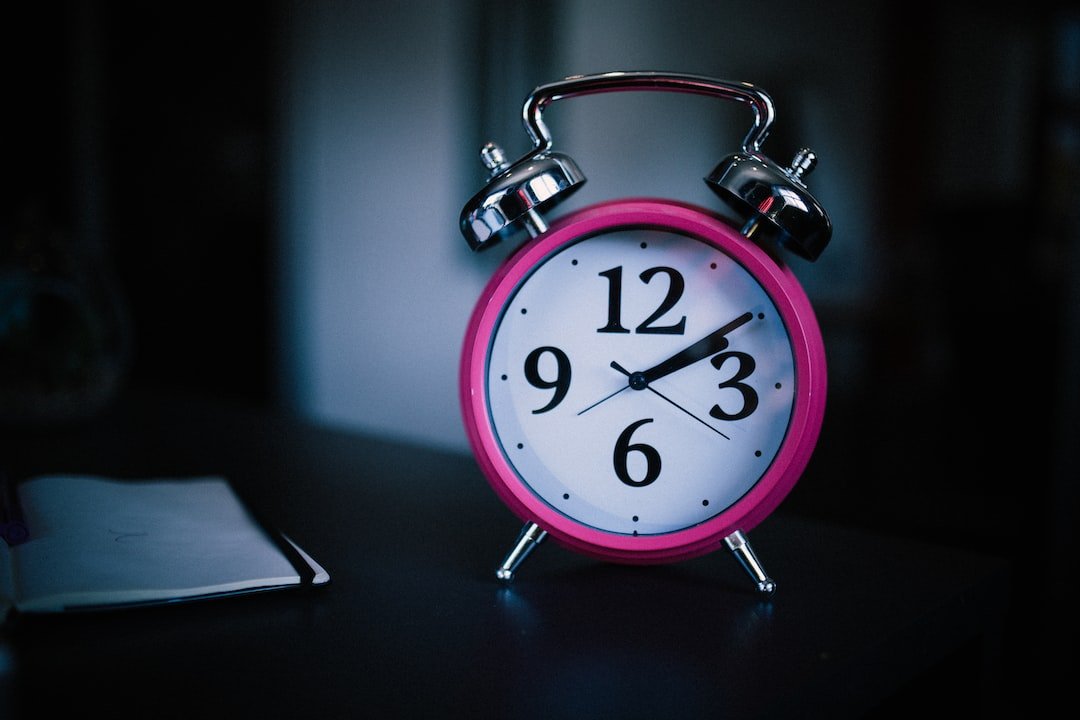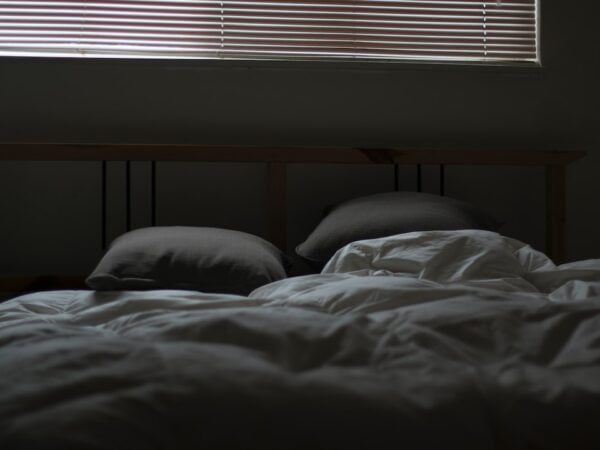
Understanding common sleep disorders and their symptoms
Sleep disorders are conditions that affect the ability to get enough quality sleep. Sleep is an essential part of our daily lives, as it allows our bodies and minds to rest and rejuvenate. When we don’t get enough sleep or experience disruptions in our sleep patterns, it can have a significant impact on our overall health and well-being.
Key Takeaways
- Sleep disorders can have a significant impact on overall health and well-being.
- Insomnia is a common sleep disorder characterized by difficulty falling or staying asleep.
- Sleep apnea is a condition where breathing is interrupted during sleep, and can be treated with lifestyle changes, devices, or surgery.
- Narcolepsy is a neurological disorder that causes excessive daytime sleepiness and can be diagnosed through a sleep study.
- Restless leg syndrome is a condition characterized by an irresistible urge to move the legs, and can be treated with medication and lifestyle changes.
Insomnia: Causes and Symptoms
Insomnia is one of the most common sleep disorders, characterized by difficulty falling asleep, staying asleep, or both. It can be caused by a variety of factors, including stress, anxiety, depression, certain medications, and underlying medical conditions. Symptoms of insomnia include difficulty falling asleep, waking up frequently during the night, waking up too early in the morning, feeling tired upon waking, and daytime fatigue.
Sleep Apnea: Types and Treatment
Sleep apnea is a sleep disorder characterized by pauses in breathing or shallow breaths during sleep. There are two main types of sleep apnea: obstructive sleep apnea (OSA) and central sleep apnea (CSA). OSA occurs when the airway becomes blocked or collapses during sleep, while CSA occurs when the brain fails to send the proper signals to the muscles that control breathing. Treatment options for sleep apnea include lifestyle changes (such as weight loss and avoiding alcohol and sedatives), continuous positive airway pressure (CPAP) therapy, oral appliances, and surgery.
Narcolepsy: Symptoms and Diagnosis
Narcolepsy is a neurological disorder that affects the brain’s ability to regulate sleep-wake cycles. It is characterized by excessive daytime sleepiness, sudden loss of muscle tone (cataplexy), hallucinations upon falling asleep or waking up (hypnagogic or hypnopompic hallucinations), and sleep paralysis. Diagnosis of narcolepsy typically involves a physical examination, a detailed medical history, and a sleep study.
Restless Leg Syndrome: Symptoms and Treatment
Restless leg syndrome (RLS) is a sleep disorder characterized by an irresistible urge to move the legs, often accompanied by uncomfortable sensations in the legs. Symptoms of RLS typically worsen at night or during periods of rest, making it difficult to fall asleep or stay asleep. Treatment options for RLS include lifestyle changes (such as regular exercise and avoiding caffeine and alcohol), medications to relieve symptoms, and treating any underlying medical conditions.
Parasomnias: Types and Symptoms

Parasomnias are a group of sleep disorders that involve abnormal behaviors, movements, emotions, perceptions, or dreams during sleep. There are several types of parasomnias, including sleepwalking, sleep talking, night terrors, and REM sleep behavior disorder. Symptoms of parasomnias can vary depending on the specific type but may include sleepwalking, talking or shouting during sleep, violent or disruptive behavior during sleep, and vivid or disturbing dreams.
Shift Work Sleep Disorder: Symptoms and Management
Shift work sleep disorder is a sleep disorder that affects individuals who work non-traditional hours, such as night shifts or rotating shifts. It is characterized by difficulty sleeping during the day when trying to sleep and excessive sleepiness or insomnia when trying to stay awake during the night shift. Symptoms of shift work sleep disorder include difficulty falling asleep or staying asleep, excessive daytime sleepiness, difficulty concentrating or staying alert, and irritability or mood changes. Management of shift work sleep disorder involves creating a conducive sleep environment, practicing good sleep hygiene, and using medications or light therapy to help regulate sleep patterns.
Circadian Rhythm Disorders: Causes and Treatment
Circadian rhythm disorders are a group of sleep disorders that occur when an individual’s internal body clock is out of sync with their desired sleep-wake schedule. This can be caused by factors such as jet lag, shift work, or certain medical conditions. Treatment options for circadian rhythm disorders include light therapy, melatonin supplements, and adjusting sleep schedules to align with the desired sleep-wake pattern.
The Importance of Napping for Overall Health
Napping can be an effective way to improve overall health and well-being. Taking short naps during the day can help to reduce fatigue, improve mood and alertness, enhance cognitive function, and boost productivity. However, it is important to nap effectively to avoid disrupting nighttime sleep. This includes keeping naps short (around 20-30 minutes), napping earlier in the day, creating a conducive sleep environment, and avoiding caffeine and stimulating activities before napping.
How to Improve Sleep Quality and Prevent Sleep Disorders
There are several ways to improve sleep quality and prevent sleep disorders. Some tips for improving sleep quality include establishing a regular sleep schedule, creating a comfortable sleep environment, practicing good sleep hygiene (such as avoiding caffeine and electronic devices before bed), and managing stress and anxiety. To prevent sleep disorders, it is important to maintain a healthy lifestyle, manage underlying medical conditions, and seek medical help if experiencing persistent sleep problems.
In conclusion, sleep disorders can have a significant impact on our overall health and well-being. It is important to recognize the different types of sleep disorders, their causes, symptoms, and treatment options. Seeking medical help for sleep disorders is crucial in order to receive an accurate diagnosis and appropriate treatment. By prioritizing sleep and taking steps to improve sleep quality, we can ensure that we are getting the restful sleep our bodies need to function at their best.
If you’re interested in delving deeper into the world of sleep disorders and their symptoms, you may find the article “The Role of Magnetic Therapy in Treating Sleep Disorders” on Wave Magnets’ website quite intriguing. This informative piece explores how magnetic therapy can potentially alleviate common sleep disorders such as insomnia, sleep apnea, and restless leg syndrome. Discover the benefits of this alternative treatment method by visiting https://wavemagnets.com/sample-page/.
FAQs
What are sleep disorders?
Sleep disorders are conditions that affect the ability to get enough quality sleep. They can be caused by a variety of factors, including medical conditions, lifestyle choices, and environmental factors.
What are the most common sleep disorders?
The most common sleep disorders include insomnia, sleep apnea, restless leg syndrome, and narcolepsy.
What are the symptoms of insomnia?
Insomnia is characterized by difficulty falling asleep, staying asleep, or both. Other symptoms may include waking up too early, feeling tired upon waking, and difficulty concentrating during the day.
What are the symptoms of sleep apnea?
Sleep apnea is characterized by loud snoring, pauses in breathing during sleep, and gasping or choking during sleep. Other symptoms may include daytime sleepiness, morning headaches, and difficulty concentrating during the day.
What are the symptoms of restless leg syndrome?
Restless leg syndrome is characterized by an uncomfortable sensation in the legs that is relieved by movement. Other symptoms may include an urge to move the legs, difficulty falling asleep, and daytime sleepiness.
What are the symptoms of narcolepsy?
Narcolepsy is characterized by excessive daytime sleepiness, sudden loss of muscle tone (cataplexy), and hallucinations upon falling asleep or waking up. Other symptoms may include sleep paralysis and disrupted nighttime sleep.

















